Imagine a solar clock so precise it could mark the solstices – no gears, no hands, just ancient ingenuity. Carved over 500 years ago and perched atop one of the world’s wonders, the Intihuatana stone continues to puzzle archaeologists and travelers alike. Was it an astronomical observatory? A ceremonial altar? Or both?
Most recent studies provide some fascinating answers highlighting its complex role in Inca culture. One thing’s for sure: its alignment with the mountains and solstices isn’t a coincidence. Let’s take a closer look at this remarkable piece of history and the mysteries it holds.
What is the Intihuatana?
The Intihuatana is a stone structure carved from a single piece of rock, perched at the highest point of a rocky outcrop in Machu Picchu. Known as one of the most iconic features of the citadel, it’s believed to have been used for astronomical observations, thanks to its unique design and the shadows it casts — a detail that captivates both visitors and archaeologists alike.
While its exact purpose remains a topic of study and debate, the Intihuatana has become a symbol of Machu Picchu’s history and undoubtedly held a deep connection to the Inca civilization.
What does “Intihuatana” mean?
In Quechua, “inti” means sun and “wata” means to tie, so Intihuatana translates to “the place where the sun is tied.” Hiram Bingham, the explorer who introduced Machu Picchu to the world, gave it this name after noticing similarities with other sacred Inca stones. But was that its real name? And was it truly an observatory? Let’s take a closer look.
Where is the Intihuatana in Machu Picchu?
The Intihuatana is located atop a rocky outcrop in the “Sacred Space” of Machu Picchu, northeast of the Main Plaza and close to the Temple of the Three Windows. It stands higher than most other structures, making it easy to spot—it rises above the landscape like a natural watchtower. It’s also surrounded by impressive enclosures and terraces, all perched on this elevated spot.
What was the Intihuatana used for?
There are quite a few theories about the purpose of the Intihuatana.
The most popular theory suggests it was an astronomical observatory. According to this theory, the Intihuatana was used to mark solstices, especially the winter solstice in June in the Southern Hemisphere. This is why many refer to it as a “sundial,” as the shadows cast by its central column shift throughout the day. This would have helped the Incas plan their agricultural activities, like planting and harvesting.
However, more recent studies challenge this idea. Given that Machu Picchu is often covered by the dense mist of the cloud forest, precise solar observations would have been difficult. Still, most agree that the Intihuatana played a significant role in the worship of the surrounding mountains, suggesting it may have had both astronomical and spiritual purposes.
Sundial or sacred altar?
The idea of the Intihuatana as a sundial comes from Andean legends, including one collected in Apurímac by Rubén Aucahuasi and another from the Inkarri myth. Both stories talk about the supernatural power to “tie the sun” to extend daylight hours—giving farmers more time to work the fields and boost their harvests.
Recent research doesn’t completely dismiss this idea but suggests the stone had a deeper, more spiritual function. Archaeologist Federico Kauffman Doig and others argue that it was connected to the Apus, the sacred mountains, and used in ceremonies meant to prevent famine and natural disasters.
To support this idea, Kauffman Doig points out to drawings by chronicler Guamán Poma de Ayala, which show mountains next to structures similar to the Intihuatana. This suggests the stone was more than a simple sundial—it was a symbolic representation of the sacred mountains themselves.
For the Incas, mountains were home to protective/guardian spirits, often represented in idols. So, both the mountains and the Intihuatana served the same purpose: places of worship and offerings.
Interesting Alignments
One thing that’s hard to ignore is the Intihuatana’s precise alignment with the cardinal points and sacred mountains.
- To the south, it lines up with Salkantay, one of the most revered mountains.
- To the east, it faces Mount Veronica, where the sun rises during the equinoxes.
- To the north, it aligns with Huayna Picchu.
- To the west, it points toward the Pumasillo mountain range, where the sun sets during the summer solstice.
This level of precision wasn’t a coincidence—it seems perfectly placed for astronomical observations, letting the Incas align sacred peaks with the cardinal directions. This adds weight to the theory that the Intihuatana wasn’t just a ceremonial site but also a kind of observatory, though maybe not in the traditional “sundial” sense.
Construction details
Carved from a single block of granite, the Intihuatana was sculpted right where it stands. It’s about 8.6 meters around and roughly 1.7 meters tall, shaped like a small pyramid with sharp angles and a column-like feature believed to have been used to “tie the sun.” There are different levels, a seat-like base, and a rectangular surface on top, probably used for ceremonies.
One quirky detail is its 13-degree tilt — a unique touch that makes it even more intriguing. Its precise construction, with flawless angles and smooth finishes, is impressive. Some think it was meant to resemble a mountain, possibly Huayna Picchu, but its exact geometry raises some interesting questions: why use such sharp, exact angles?
For the Incas, geometry wasn’t just about aesthetics—it was deeply symbolic. Many of their ceremonial sites, including Pisac, Sacsayhuamán, and Tipón, feature similar stepped designs. These structures, known as huacas, were sacred spaces dedicated to Pachamama (Mother Earth), reinforcing the idea that the Intihuatana had a strong ritual purpose
The best way to take it all in is by walking around it for a full 360-degree view.
Fun fact: In the year 2000, a crane accidentally struck one of the corners of the Intihuatana during the filming of a commercial. The backlash was so intense that stricter rules were put in place to protect Machu Picchu’s sacred sites from further harm.
How to visit the Intihuatana?
If you want to see the Intihuatana up close, you’ll need a Circuit 2 ticket for Machu Picchu. This route includes other highlights like:
- The Temple of the Sun
- The Sacred Rock
- The Water Mirrors
- The Temple of the Condor
- And, of course, the classic postcard view of Machu Picchu
To reach the Intihuatana, just follow the circuit path. You’ll find it after passing the Temple of the Three Windows, up a short staircase.
Visiting hours:
Machu Picchu is open from 6:00 a.m. to 5:00 p.m., but access to the Intihuatana is usually restricted to 7:00 to 10:00 a.m. To experience it with fewer crowds, aim to go early in the morning.
Just remember—while you can get close, touching the stone is strictly forbidden to preserve it for future generations.
›› Check out our full guide to Machu Picchu tickets for more details.
The "Hidden" Intihuatana of Machu Picchu
Think there’s only one Intihuatana? Think again. Machu Picchu keeps unveiling secrets that leave us wondering how much more there is to discover about the Incas. One of these mysteries is a second Intihuatana—almost unknown even to locals.
This mysterious stone is hidden in the dense forest at kilometer 122 along the train route between Aguas Calientes and Hidroeléctrica. It sits on private land, surrounded by thick vegetation, making it tricky to reach.
Unlike the famous Intihuatana in Machu Picchu, this one is shorter and wider, measuring about 3 meters across and 1.5 meters high. It also has a stepped design but lacks the signature column. Surrounding it are small structures and wells, suggesting it may have been used for ceremonies.
But here’s where it gets really interesting—traces of ancient burials have been found nearby. This has led some researchers to believe the site was connected to Inca funeral rituals and beliefs about the afterlife.
Could this forgotten Intihuatana be linked to the one at Machu Picchu? So far, no official studies have confirmed its purpose, but its features strongly suggest it was built by the Incas, and its resemblance to the original is hard to ignore.
How to get there?
If you’re up for an adventure, you can hike about three hours from Aguas Calientes along the train tracks toward Hidroeléctrica. The entrance is near the train station, marked by a small sign.
Important: This site is on private property, so be respectful of the landowners and the surrounding environment.
What else is hiding in Machu Picchu?
Machu Picchu is full of unanswered questions, and the idea that there are still undiscovered sites makes exploring it even more exciting. We’re sure that one day, we’ll know the real purpose of the Intihuatana as more evidence is brought to light and more places are discovered.
If you’re into history and archaeology, it’s a perfect excuse to spend more time in Machu Picchu. And if you’re up for a hike, why not go check out the other Intihuatana? Just make sure to do it responsibly and with respect for the site.
Looking for more things to do in Machu Picchu? Check out our articles:


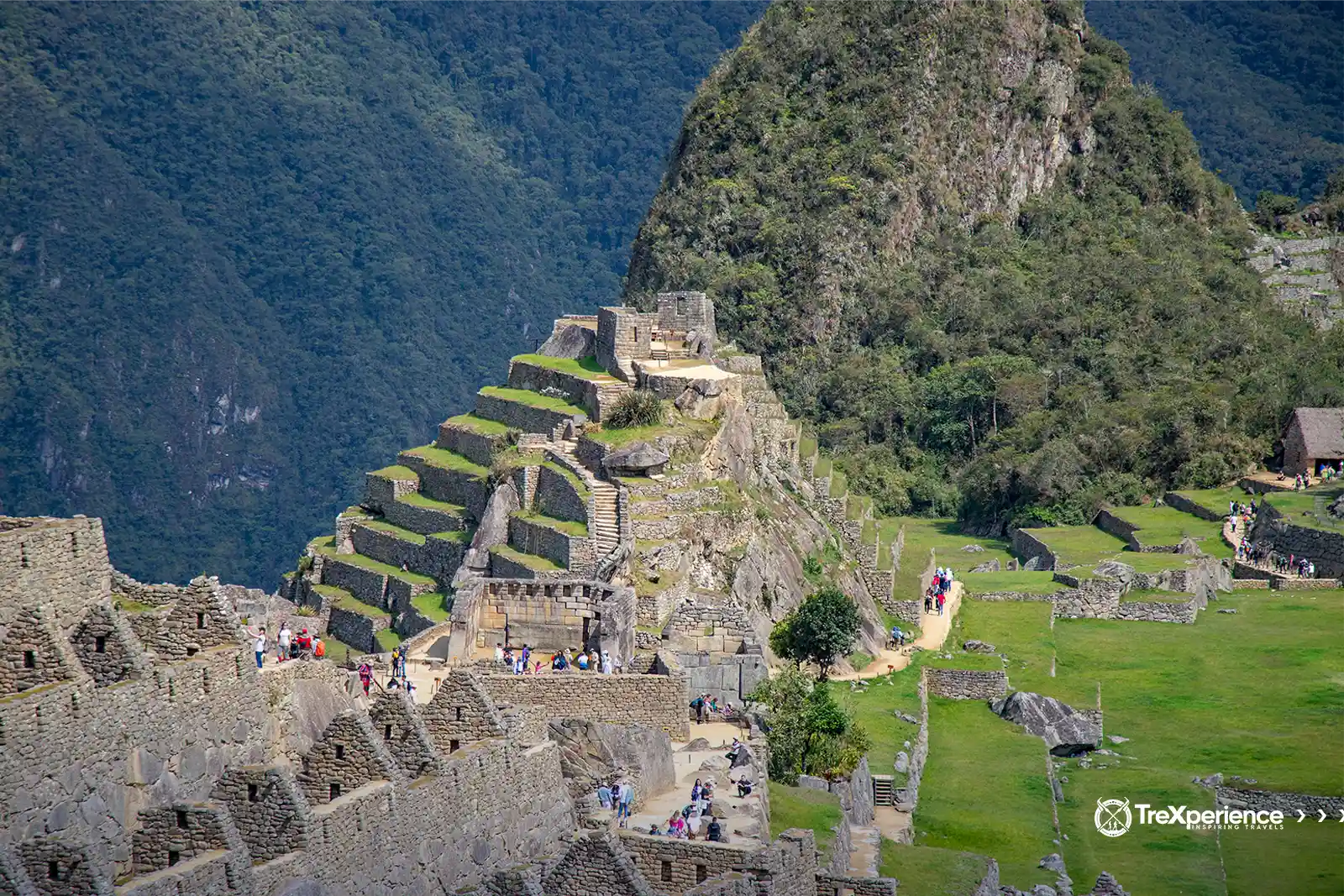
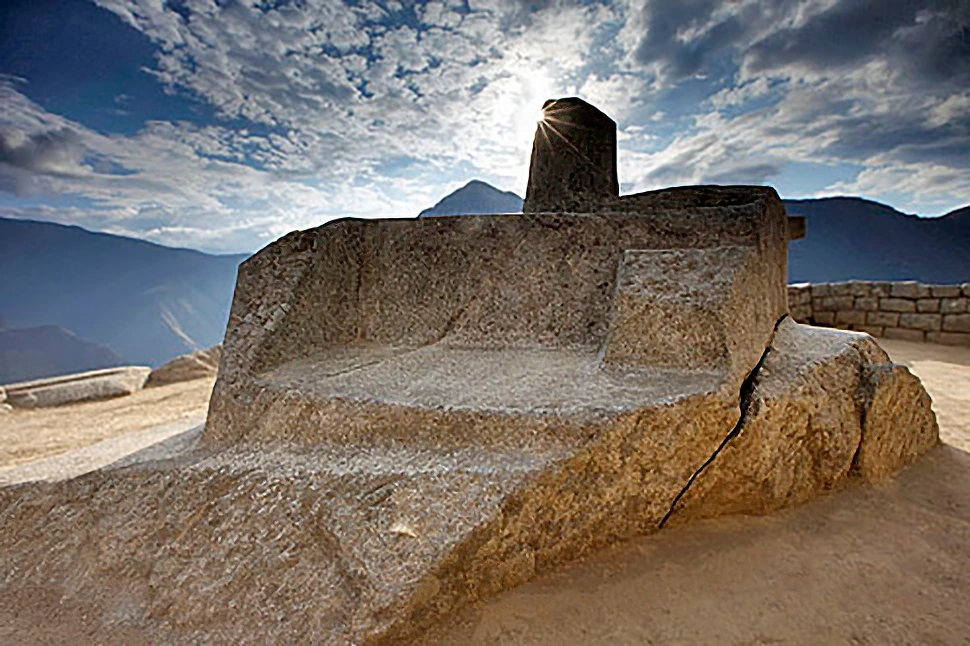
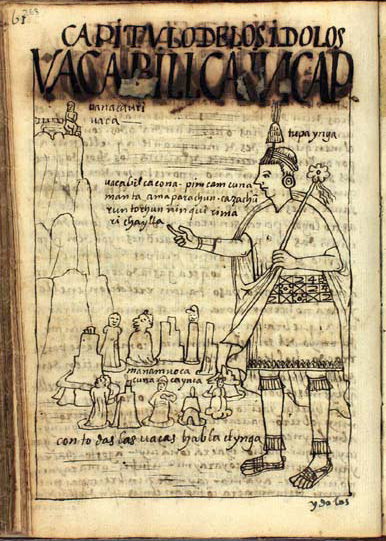

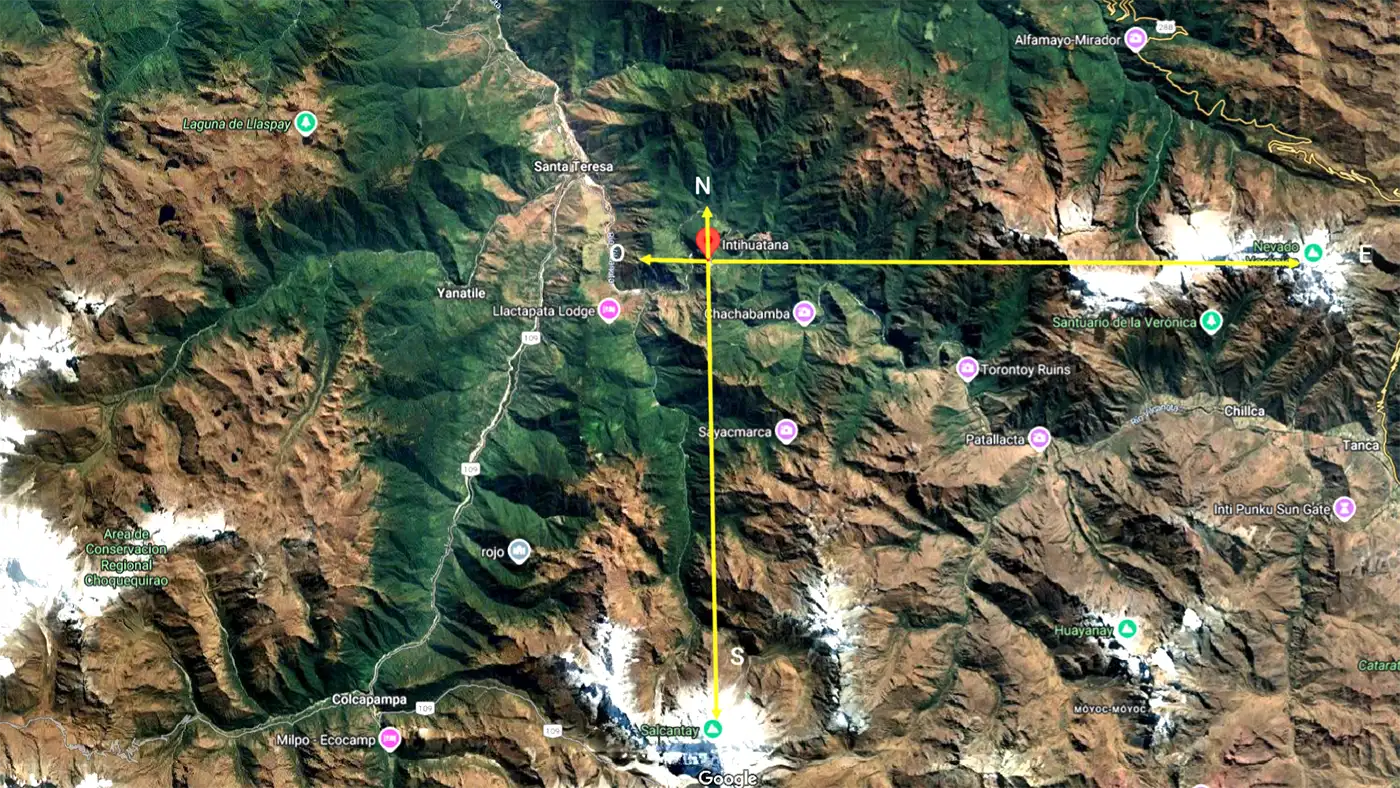
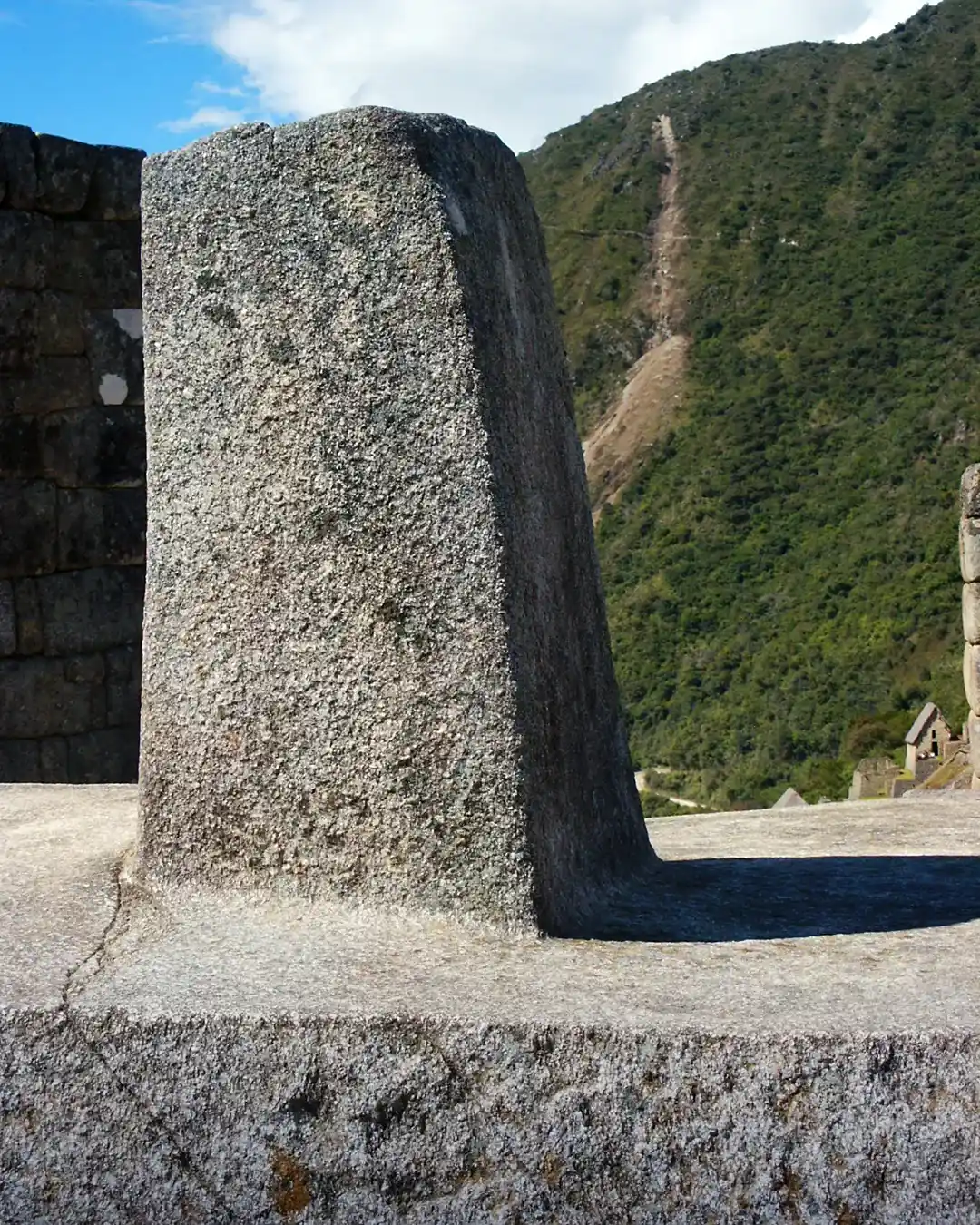
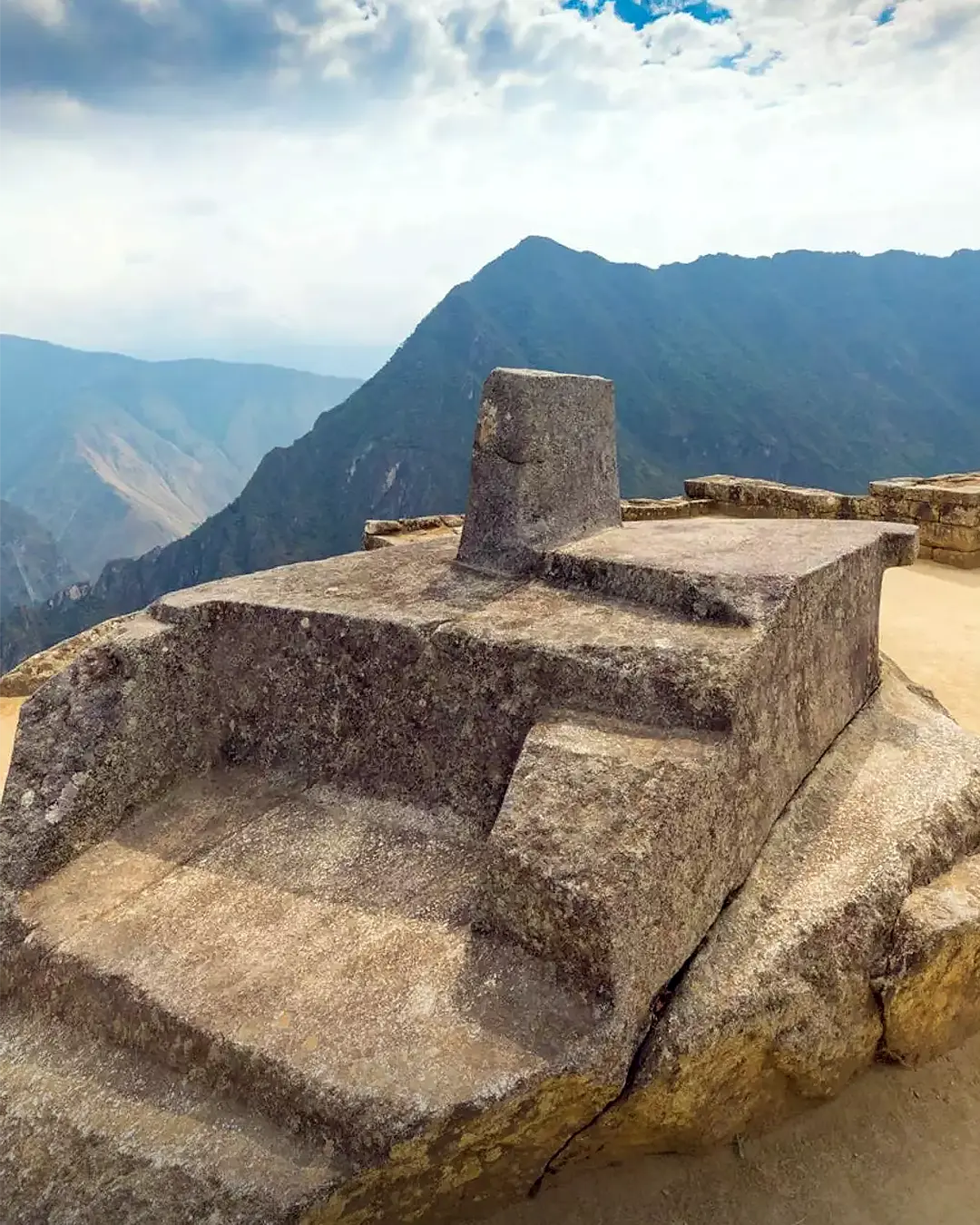
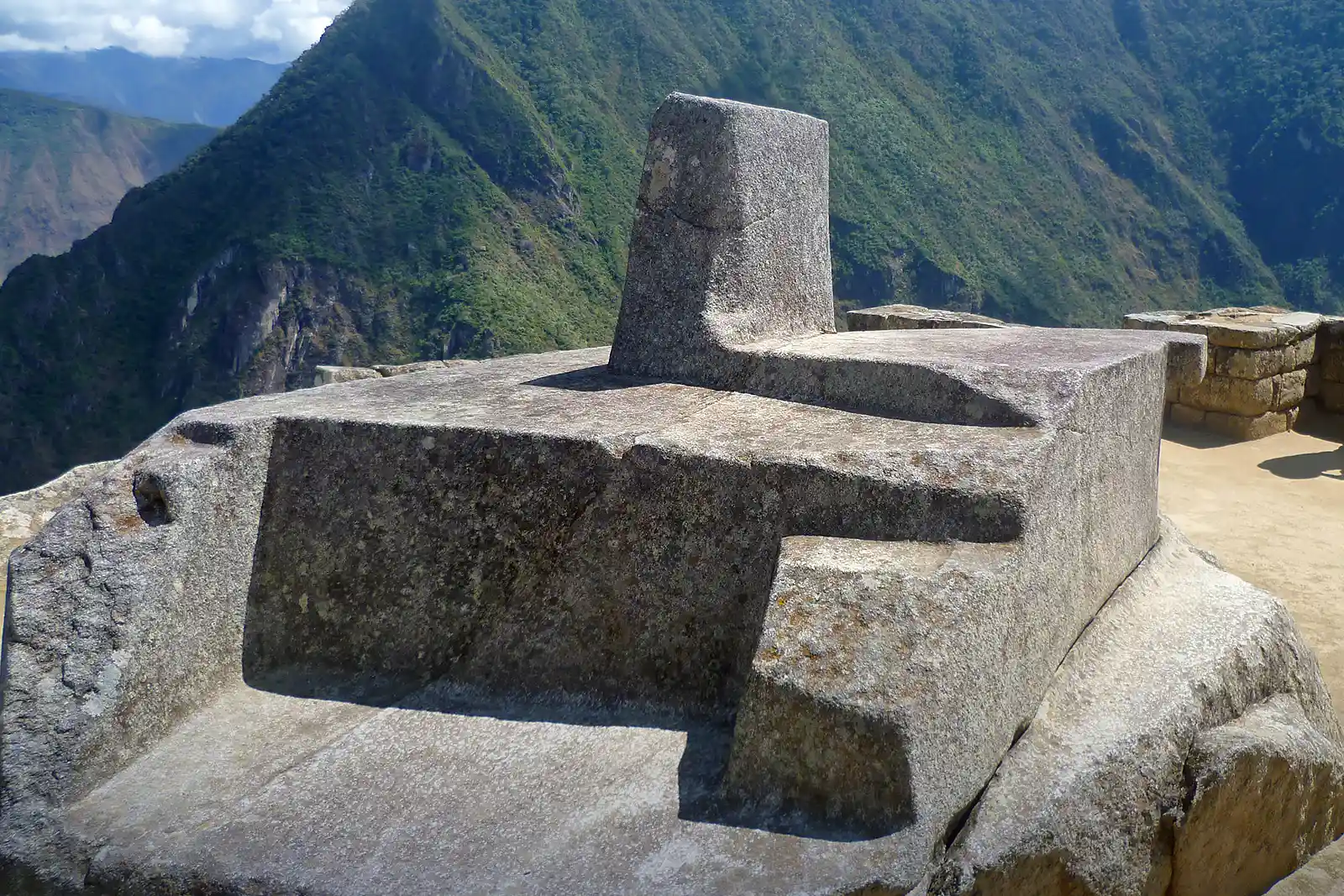
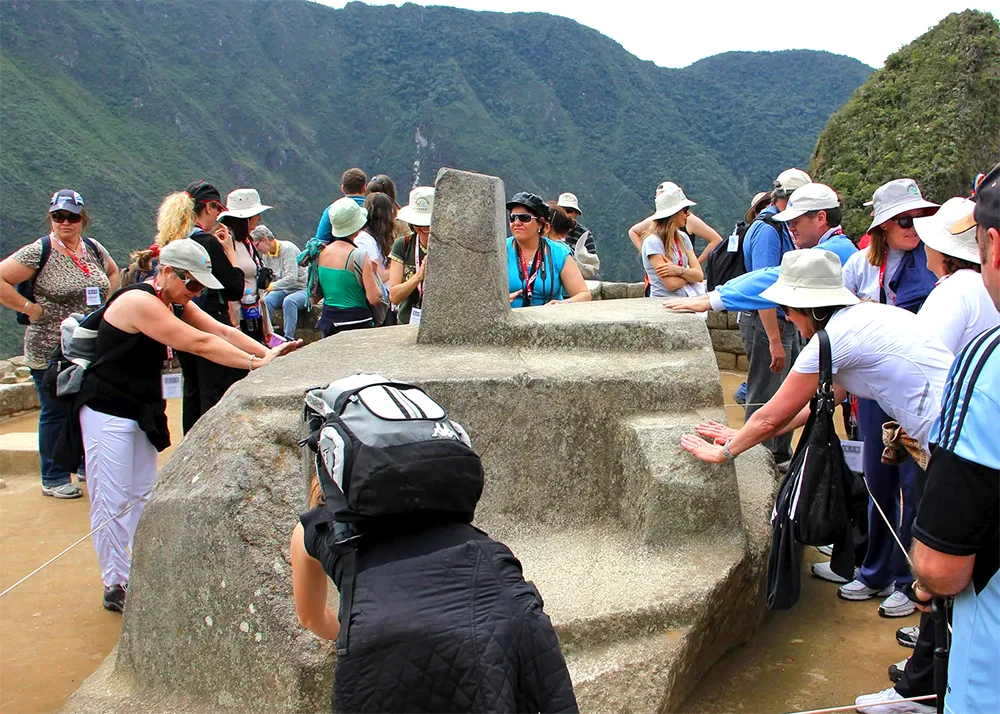
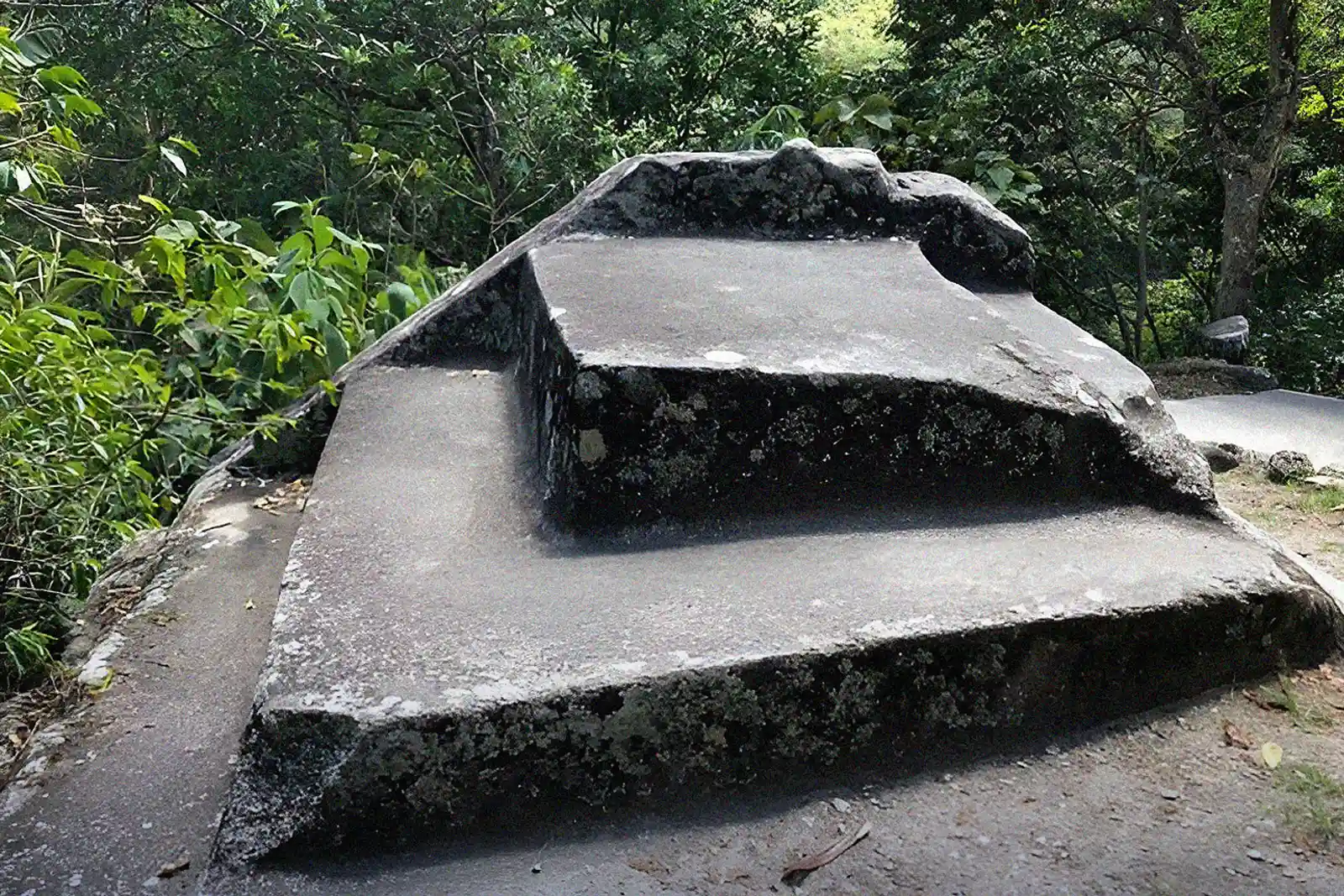
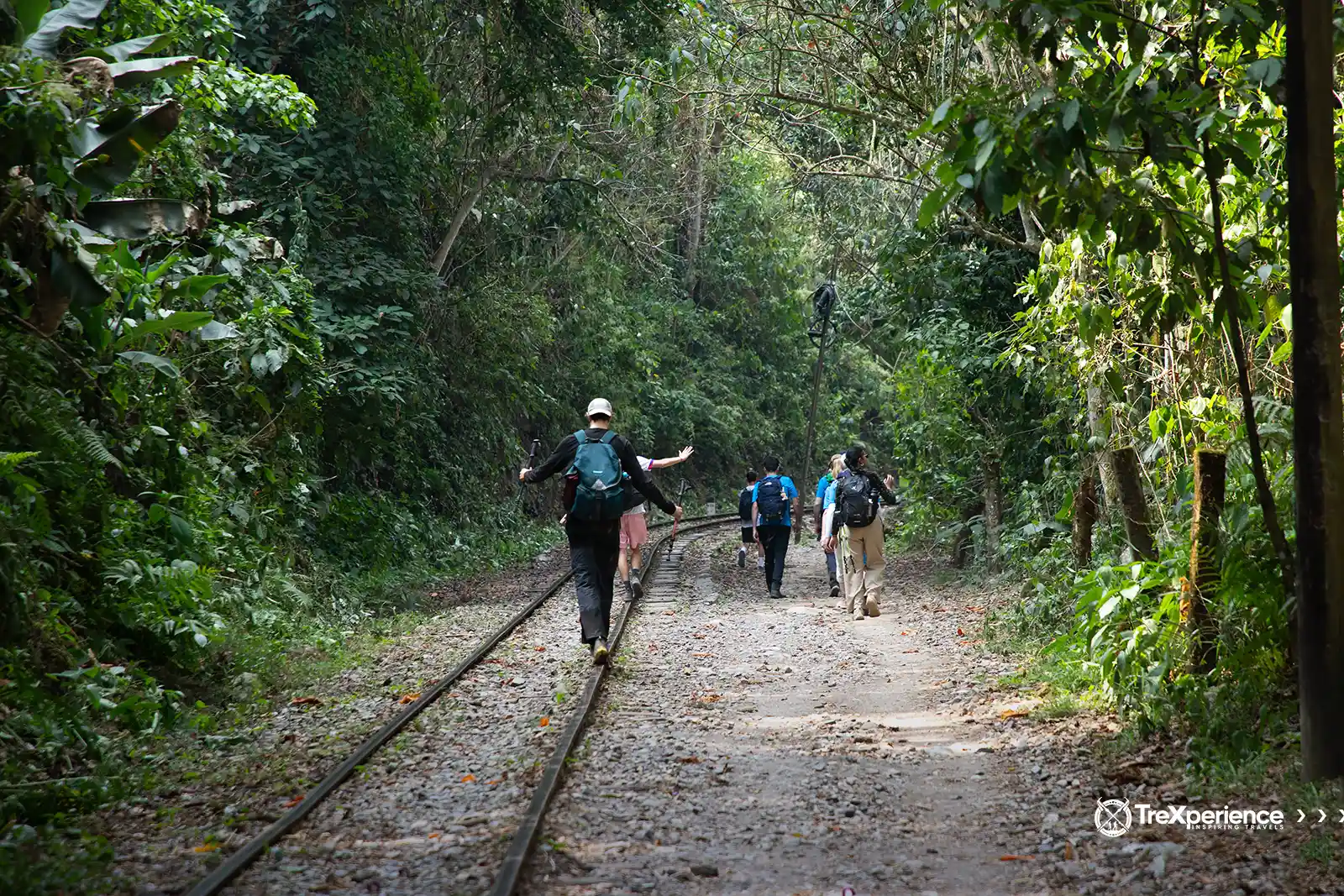

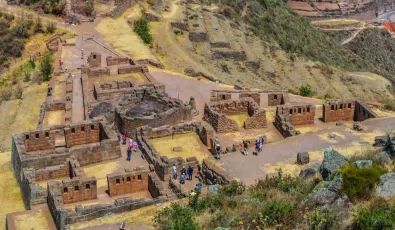
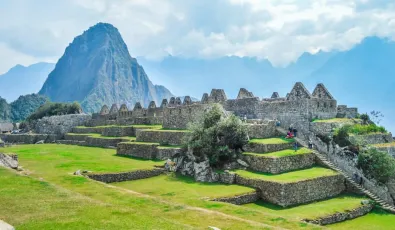
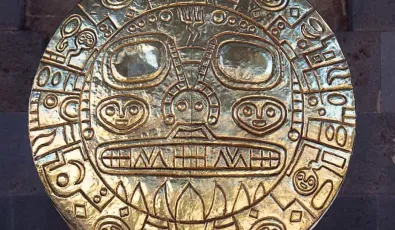
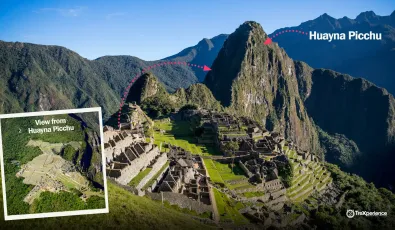

Add new comment